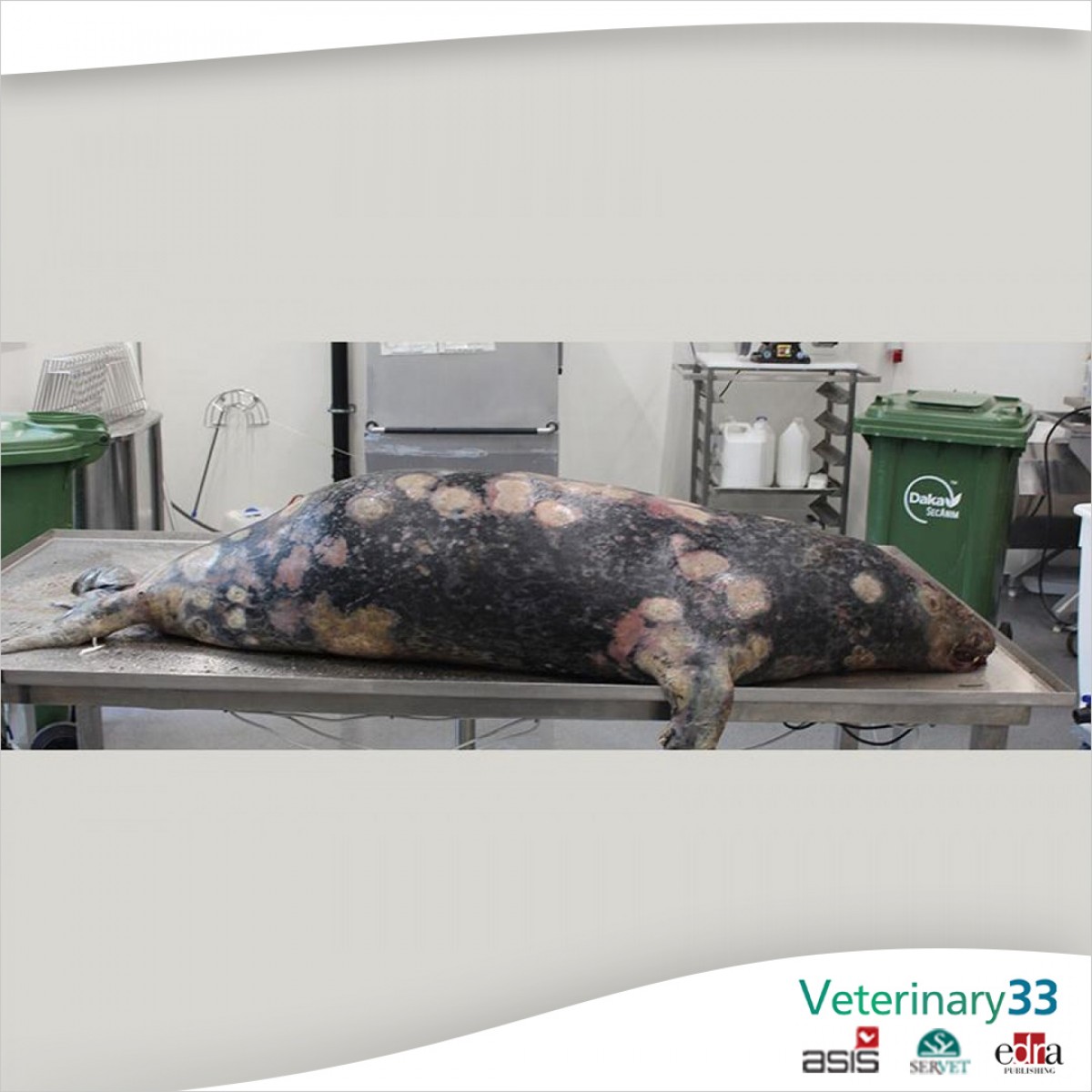Bird flu virus found in seal in Denmark
In the midst of a wave of avian influenza cases in Europe and particularly in Spain, the Danish Dansk Veterinær Konsortium (DK-VET) has detected highly pathogenic avian influenza viruses of the H5N8 subtype in a common seal. This is the first time the virus has been detected in seals in Denmark.
The seal was found dead on a beach in southwestern Funen in September 2021 and examined at the DTU Diagnostic Center as part of disease surveillance of animals found dead.
The seal was emaciated and with pronounced marks on the skin in a large part of the body of unknown cause and significance. The bird flu virus was detected in the lungs, and no other disease-causing organisms could be found that could explain the animal's death.
The DTU Diagnostic Center reported that they have tested 29 harbor seals and 15 gray seals in 2021, of which only this one tested positive for the bird flu virus. Upon further investigation, it was concluded that it was the highly pathogenic avian influenza virus of the H5N8 subtype, which is closely related to viruses that have been causing outbreaks of avian influenza in wild and domestic birds since autumn 2020, both here and in the rest of Europe.
Seals are susceptible to the virus
Seals are known to be susceptible to avian influenza viruses, and highly pathogenic avian influenza (HPAI) has been reported in wild mammals, including seals and wild foxes, in northern Europe in previous waves of disease in birds. These findings have occurred mainly in animals with neurological symptoms or that were found dead.
When mammals become infected with avian influenza, there is a risk that the virus will mutate and adapt to its new host species and to mammals in general. The Dansk Veterinær Konsortium has carried out a detailed analysis of the wild seal virus genome and has found some mutations in the virus that show signs of possible adaptation to mammals, although it has not been possible to analyze the complete genome due to the quality of the material.
Denmark suffered a serious outbreak of bird flu between autumn 2020 and July 2021. The wave that has been hitting several European countries since last November has also affected the country, and according to the DK-VET, the viruses from the two waves are related and belong to the highly pathogenic avian influenza variant H5 subtype 2.3.4.4b. If in the previous wave they were mainly viruses with the H5N8 subtype, in the current one the predominant one is the H5N1 virus.









List
Add
Please enter a comment